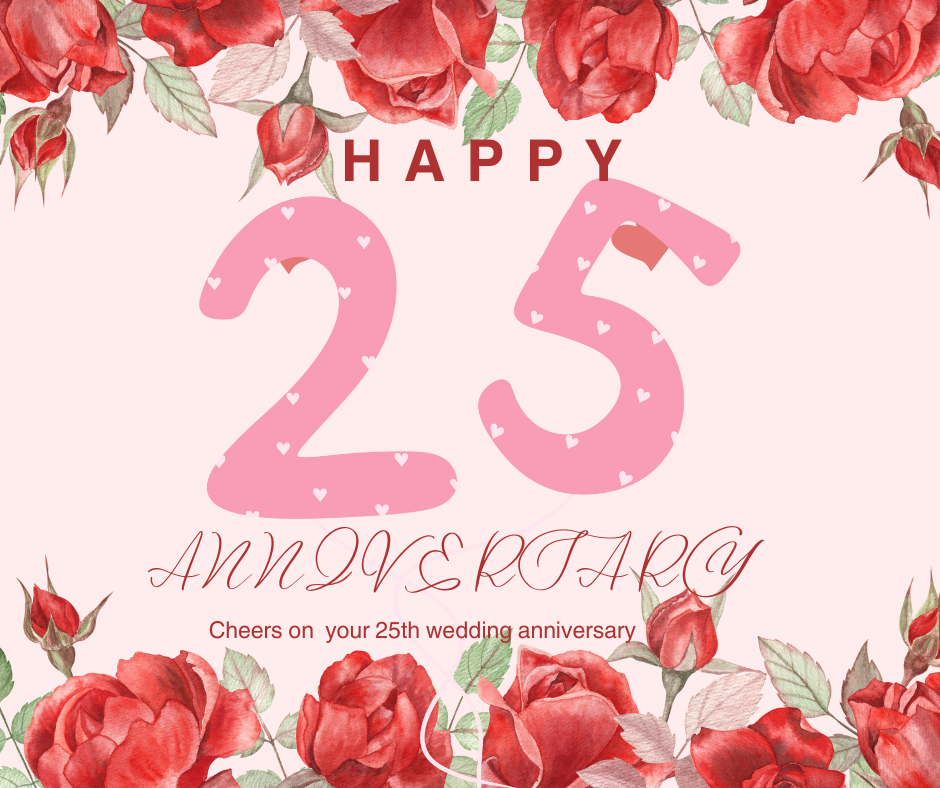Difference Between Equinox & Solstice
- fullmoon schedule
- Jul 11, 2024
- 2 min read
Equinoxes and solstices are astronomical events occurring twice in a year. They indicate the position of Sun in relation to our planet and its impact on Earth. Equinoxes are called solar astronomical events and it marks the time when the Sun transits through the equator. This makes the Sun's position straight above the equator. Hence, the Earth's tilt is neither toward the Sun nor away from the Sun. This happens twice in a year i.e in March and September.
Equinoxes marks the transition of the seasons for us. The reason being the transition hugely impacts the sunlight received by our planet. The March equinox is called spring or vernal equinox. While the September equinox is called fall equinox or autumn equinox. Equinoxes are also considered as the first days of the springs and autumns.

How Solstices Differ From Equinoxes
Solstice is the day when the position of the Sun in relation to Earth's equator is either the mostly northerly or the most southerly. Solstices happen twice in a year. Any of the two hemispheres of the Earth. Equinoxes and solstices are astronomical events occurring twice in a year. They indicate the position of Sun in relation to our planet and its impact on Earth. Equinoxes are called solar astronomical events and it marks the time when the Sun transits through the equator. This makes the Sun's position straight above the equator. Hence, the Earth's tilt is neither toward the Sun nor away from the Sun. This happens twice in a year i.e in March and September.
Equinoxes marks the transition of the seasons for us. The reason being the transition hugely impacts the sunlight received by our planet. The March equinox is called spring or vernal equinox. While the September equinox is called fall equinox or autumn equinox. Equinoxes are also considered as the first days of the springs and autumns.
How Solstices Differ From Equinoxes
Solstice is the day when the position of the Sun in relation to Earth's equator is either the mostly northerly or the most southerly. Solstices happen twice in a year. Any of the two hemispheres of the Earth receives either the maximum or the minimum sunlight of the year. Hence the length of the day and night is either the longest or the shortest on the day of solstices. While on the day of equinoxes, the length of the day and night is equal.
The June solstice marks the longest day of the year while the December solstice is the shortest day of the year. With the occurrence of the solstices, both the hemispheres either witness the start of the winter season or the summer. June solstice is known as summer solstice while the solstice in December is called winter solstice.



Comments